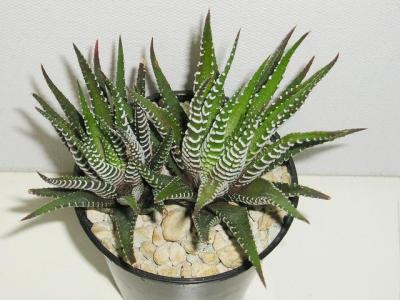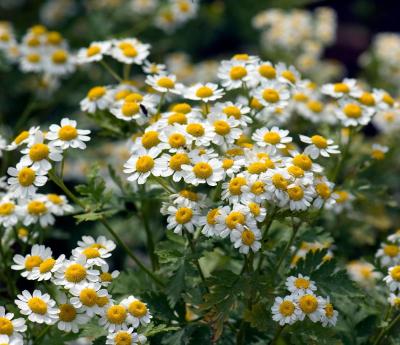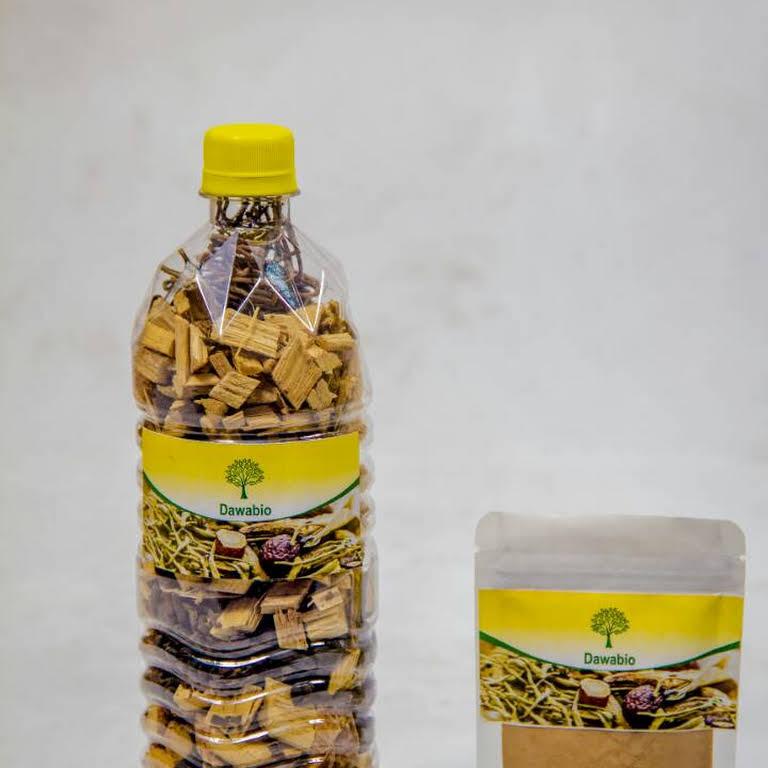Umbilical hernia is often present from birth and usually eventually disappears. It appears in the form of swelling and is located near the navel. It is usually caused by a poor closure of the umbilical orifice. The elements in the abdomen are lodged in this orifice, creating hernia.
However, there are several natural plants to permanently heal and relieve the pain associated with umbilical hernia.
Natural plants to treat umbilical hernia
- The Hawthornia
It is a mixture of citrus, hawthorn, lychee and fennel seeds. Widely used and appreciated in China, this mixture has the virtue of repairing and strengthening the weakened wall of the abdomen.

Hawthornia used from the very first visible symptoms, limits the growth of an umbilical hernia.
- The Shepherd is an herb whose medicinal properties are known to reduce inflammation and relieve pain. In the form of a paste, it is indicated to use externally (on a hernia) to relieve symptoms.

This herb can also be taken internally to strengthen the abdominal wall.
- Chamomile (herbal tea): it is an herb whose virtues soothe the mucosa of the digestive zone, thus inhibiting the production of gastric acid.
In addition to being a powerful anti-inflammatory, chamomile tea is also an excellent antioxidant and has a calming effect on the stomach, it helps to relax the stomach wall. In this way, it is good for inflammations and stomach pains. It helps you prevent swelling and relieves intense abdominal pain caused by a hernia but also to treat heartburn caused by hernia. It also relaxes the muscles of the digestive system.

Preparation and use
Add a tablespoon of dried chamomile to a glass of hot water and wait about 10 minutes.
Drink this hot tea twice a day for a month (or longer if necessary).
If pain and swelling become important, consult your doctor.
If you have a stomach ache and want to relax your stomach, drink cinnamon tea after meals. But remember that not all cinnamon sticks are the same, so try to find natural and high quality cinnamon sticks.
Add half a tablespoon of cinnamon powder to a glass of hot water.
Cover the glass and wait a few minutes.
Drink this tea 2 or 3 times a day (when it is hot).
- A decoction of knotweed, alchemilla and walnut to relieve pain. By applying it to the painful area, then covered with a bandage, the patient is relieved.
- Clay is one of the oldest existing remedies. For centuries, clay has been applied to many pathologies to soothe and relieve inflammation naturally. This is what this study conducted by the Autonomous Metropolitan University of Mexico reveals.
Clay is very beneficial because, while absorbing water and toxins, it brings a wide variety of minerals through the pores of the skin. Simply mix it with water or other liquid, then apply it to the skin. Let dry long enough, then remove with water. It should not be reused as it absorbs toxins.
- Vinegar, especially apple cider vinegar, is a food that regulates pH, activates circulation and reduces inflammation, according to research conducted by the Malaysian Agricultural Research and Development Institute. Therefore, when applied to the skin, it promotes healing of the wound.
Apple cider vinegar is effective in relieving pain caused by gastric hernia due to its anti-inflammatory properties.
It is an excellent source of antioxidants and anti-inflammatories used in the treatment of various diseases. Since it reduces the burning sensation, it can help you relieve symptoms such as heartburn.
So how does apple cider vinegar show this effect?
After all, apple cider vinegar is an acidic liquid. You may find it hard to believe, but apple cider vinegar alkalizes the body. Thus, it neutralizes the acid caused by the hernia.
Preparation and use
To prepare this mixture, add 2 teaspoons of pure apple cider vinegar to a glass of warm water and stir.
Then add a teaspoon of 100% pure organic honey to this mixture and drink a glass on an empty stomach every day.
- Cabbage is a vegetable that hides a great number of health properties. Among them, we will remember its anti-inflammatory virtues, present in this research of the University of Duisburg-Essen (Germany). It helps to calm discomfort and inflammation, such as those caused by a hernia.
To benefit from its healing power, we must make it easy to extract its phytonutrients. To do this, crush or blanch the leaves, or prepare a juice that can be applied as a poultice. If you combine it with its consumption, you multiply its healing properties.
The quantities of this home remedy for hernias will depend on the size of the area affected by the inflammation. You can vary the quantities as long as you respect the proportions indicated in the recipe.
Ingredients
5 tablespoons of clay powder (100 g).
2 tablespoons of vinegar (30 ml).
1 glass of water (200 ml).
2 or 3 cabbage leaves.
Preparation and application
Umbilical hernias cause strong pain.
In addition to a pharmacological treatment, this natural remedy can help relieve the symptoms during a painful crisis.
Mix clay, vinegar and water. Use glass or ceramic utensils and containers, but not plastic or metal ones, so as not to remove the properties of the clay.
You will obtain a creamy mass ready to be applied. If it is too liquid, add a little clay. If it is too solid, add water.
When you are about to use the remedy, blanch the cabbage leaves. This means placing them in boiling water for a few seconds.
Apply this remedy to the entire inflamed area. Place the blanched cabbage leaves on top, being careful not to burn yourself.
Leave it on for half an hour or until the clay dries.
You can repeat the application two or three times a day until you notice an improvement.
- Aloe Vera juice
Aloe vera is a plant with incredible medicinal properties. In addition to being an effective antioxidant, it also contains anti-inflammatory and antibacterial properties. This plant is also good for the stomach; it forms a protective layer to cure heartburn, one of the symptoms of a hernia.
Preparation and use
To prepare this wonderful home remedy, cut 2 of the thick leaves from your aloe vera plant. Wash the leaves you cut off and separate the thorny parts.
Remove the colorless gel inside by squeezing it from the end.
Add the gel you have removed to half a glass of water and blend it with a blender.
Drink half a glass of this mixture once a day on an empty stomach. Continue to drink this mixture as long as you feel it is necessary.
- Dried ginger roots
Ginger maintains healthy intestinal flora, helps the body digest fat and relaxes the digestive system. There is no natural ingredient as effective as ginger in reducing abdominal pain and inflammation. We recommend that you make it liquid and eat it.
You can eat the roots after boiling the ginger. You can also consume raw ginger to maintain the overall health of your stomach and reduce pain. However, this plant has a strong taste, so keep that in mind. Ginger prevents the buildup of acidic stomach juices, so it protects your stomach and esophagus.
- Bandage with a large coin
For newborns, you can bandage a large coin.
You wrap the coin in a bandage and tie it around the child's belly button. The coin should not be in contact with the child's skin. Change the band after each bath. You do this until the hernia is completely gone.
When to seek medical attention
If you suspect a hernia, do not be alarmed. Seek medical attention and in the meantime, avoid straining, sitting up, heavy lifting, bending and movements that increase discomfort or pain.
In most cases, surgery will be required, which comes in two forms: open surgery or laparoscopy. For the operation to close the opening and place a mesh to support the organs and tissues, local anesthesia and sedation, or periodic blocking, are required.
Tips to avoid umbilical hernia
Prevention of umbilical hernia includes avoiding obesity and maintaining a healthy weight, avoiding situations that promote abdominal distension such as physical overexertion, constipation, chronic coughing or frequent Valsalva maneuvers (using force with the abdomen to hold air without exhaling), and performing targeted exercises to tone the abdominal wall.
Preventive measures to avoid hernias are:
- Using proper lifting techniques
- Lose weight if you are overweight.
- Avoid carrying heavy loads
- Avoiding strenuous exercise
- Treating constipation because it increases intra-abdominal pressure, especially during pushing efforts
- Be careful with unusual physical efforts (carrying heavy loads, weight training...)
- Relieve or avoid constipation by eating foods containing fiber, drinking fluids regularly and going to the bathroom as soon as you feel like it.
- Exercise regularly
- Men should see a doctor if they have difficulty urinating, as this can be a symptom of an enlarged prostate.
